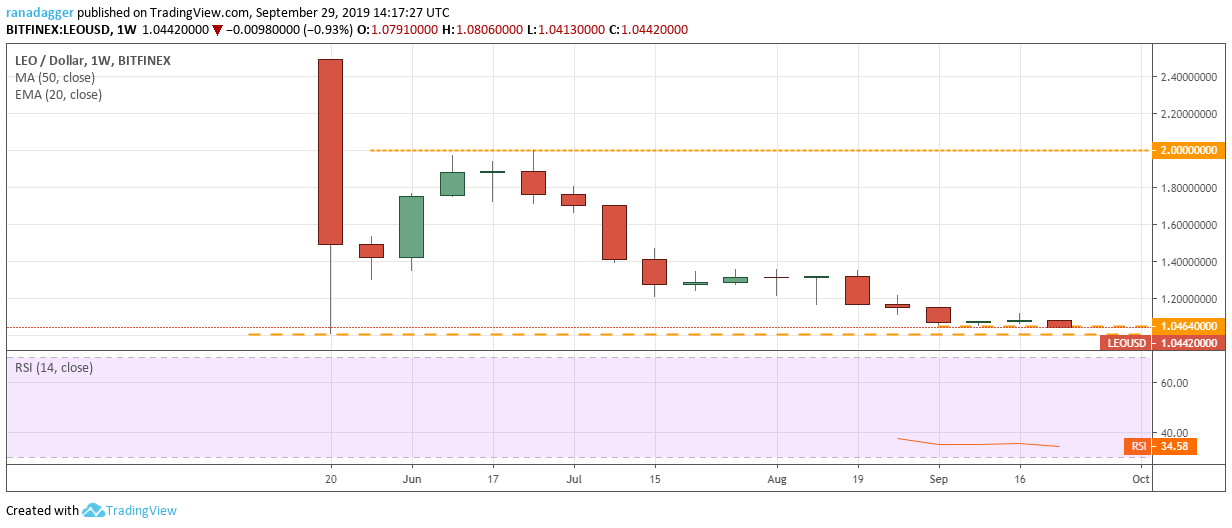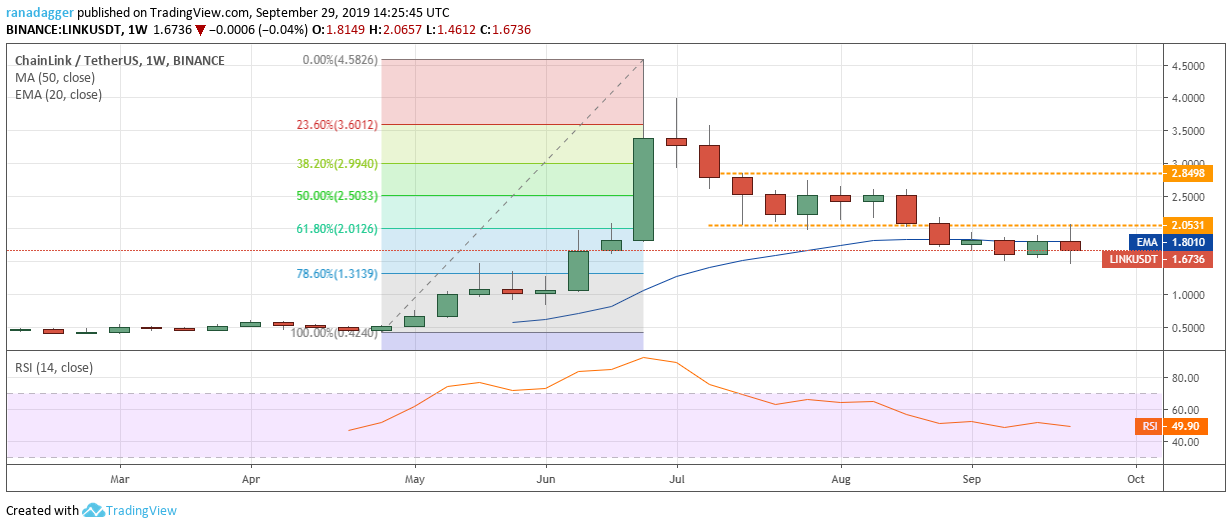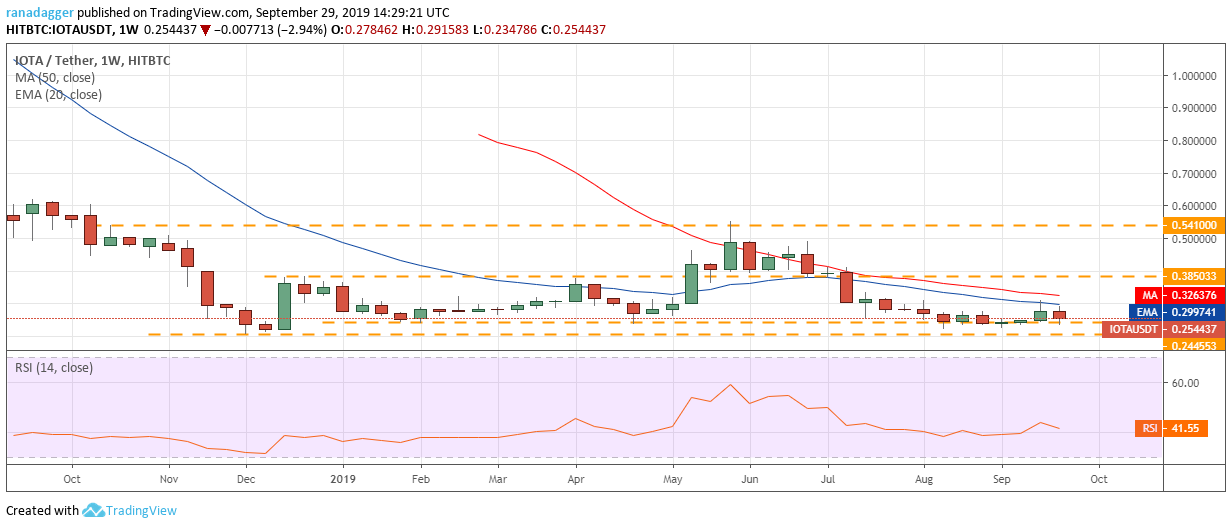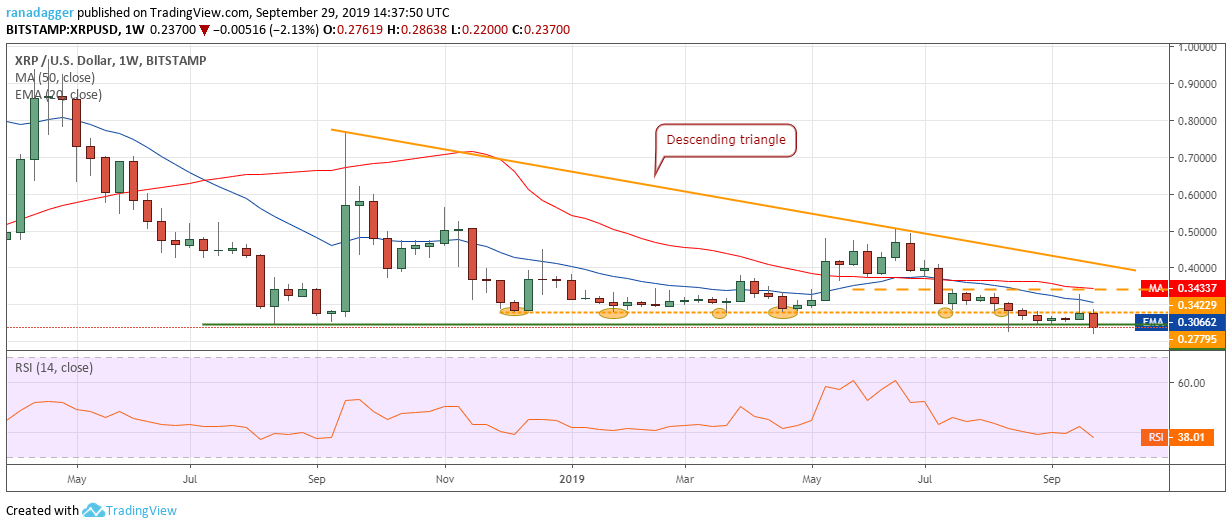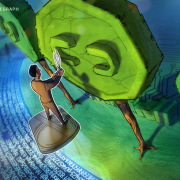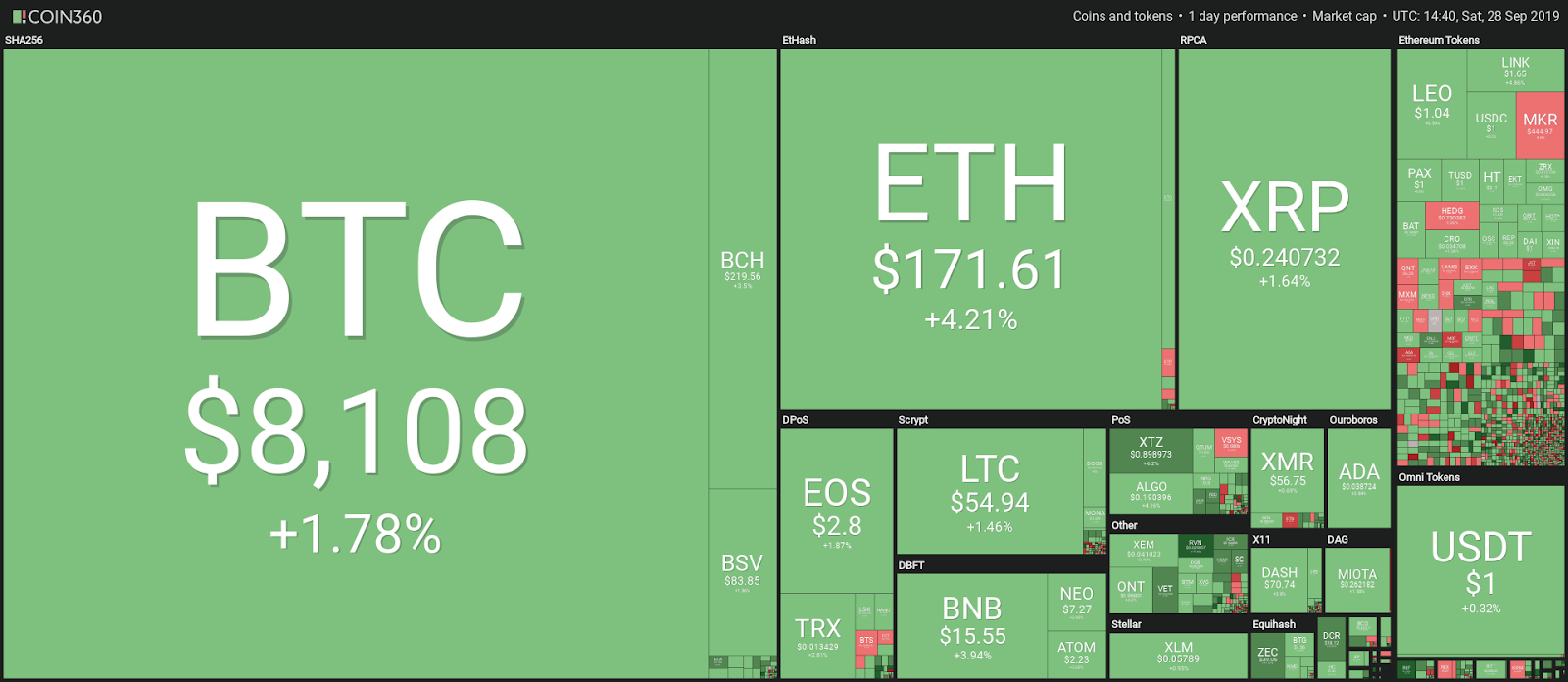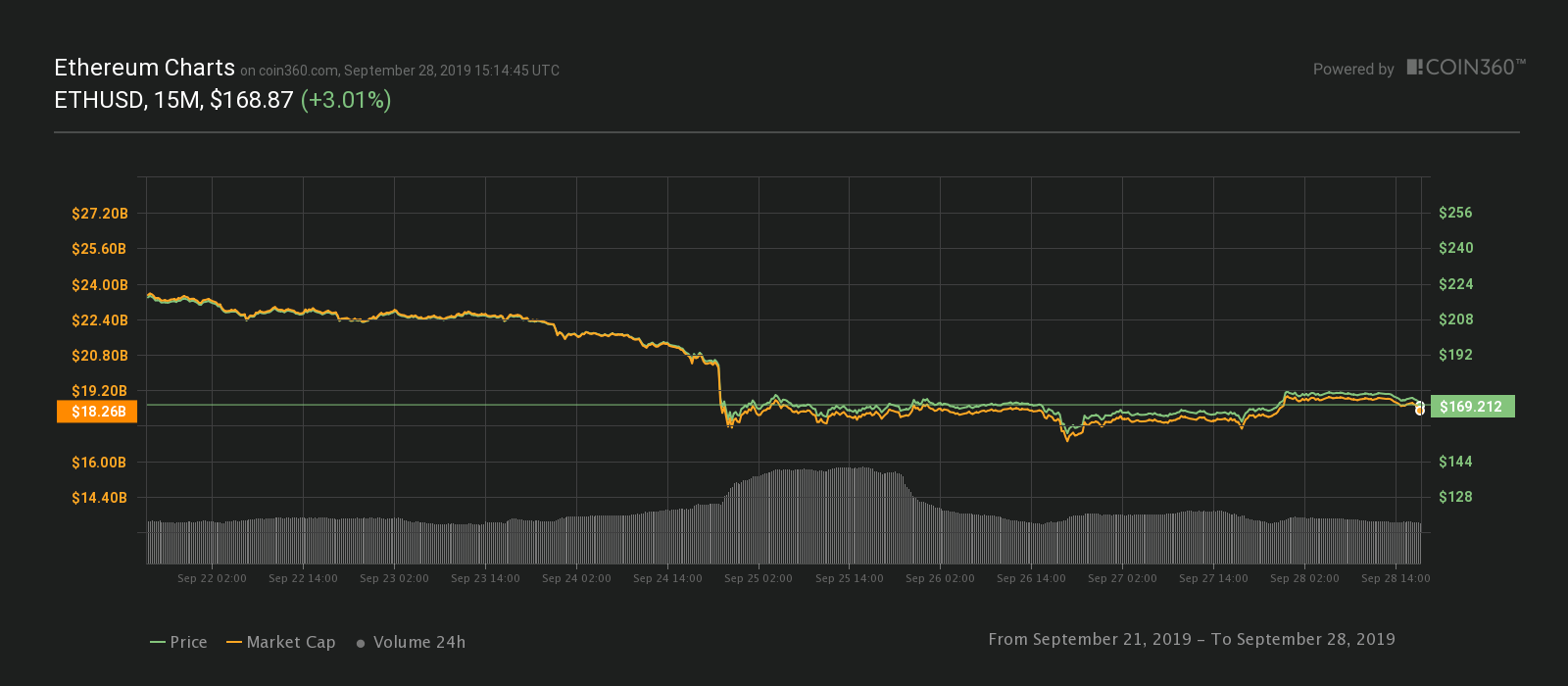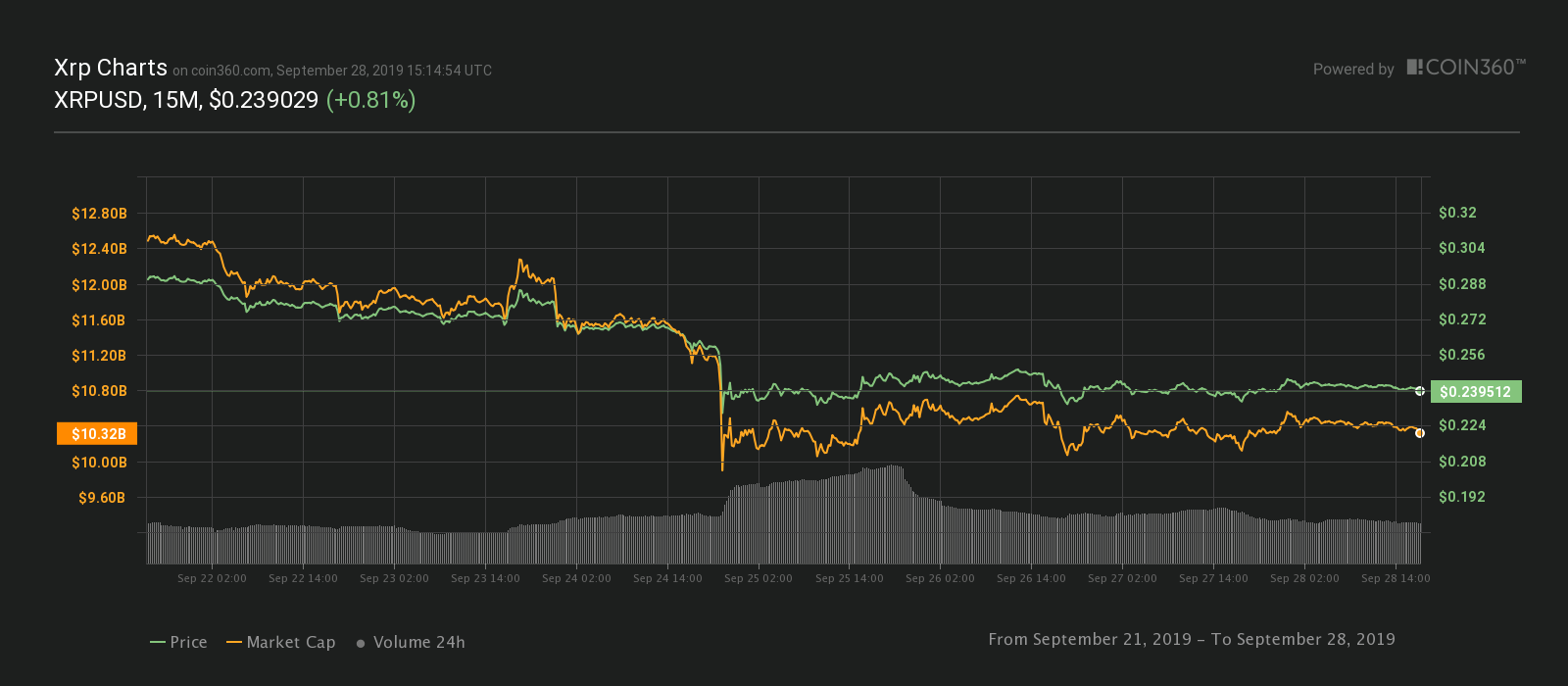A Clear Path for Ethereum
This article provides an overview of Ethereum’s rise, from conception through its initial coin offering (ICO) and beyond. Coinciding with the ICO came attempts to regulate and classify digital currency by multiple governmental and nongovernmental bodies — including the United States Securities and Exchange Commission (SEC), the Commodity Futures Trading Commission (CFTC), the Uniform Law Commission, the Internal Revenue Service (IRS) and the Financial Crimes Enforcement Network (FinCEN). Each has its own opinion on the matter, and as of yet there has been no uniform definition, law or guideline. However, within the regulatory confusion surrounding digital assets on the blockchain, Ethereum enjoys a little clarity.
Section one outlines the rise of Ethereum and its timeline from a business perspective. Section two addresses the regulatory scrutiny that began in 2017 and the confusion resulting from varying perspectives and classifications of digital currencies. Section three provides examples of SEC enforcement of ICOs, and section four details the Howey test and how it applies to ICOs. Sections five and six explain the two most significant regulatory events for Ethereum. Section seven concludes by eliciting the confusion that dominates the digital asset realm yet the surprisingly clear, bright future for Ethereum.
The rise of Ethereum
Ethereum was first described in a white paper by Vitalik Buterin in 2013. It was formally announced at the North American Bitcoin Conference in Miami in 2014 and launched in 2015. However, in 2016 the Decentralized Autonomous Organization (DAO) was hacked, resulting in a $50 million loss to investors.
In an effort to recover the losses, a majority of the Ethereum community decided in favor of a hard fork, which invalidated the transaction. This led to a split in the Ether. Ethereum (ETH) was used by those in favor of the fork, while Ethereum Classic (ETC) was used by those who continued on the old blockchain. Both are still in use today.
Regulatory scrutiny and confusion
In 2017, Ethereum took off. It had a successful ICO and launched the Enterprise Ethereum Alliance, which is a member-driven standards organization designed to “develop open, blockchain specifications that drive harmonization and interoperability for businesses and consumers worldwide.”
Months after a formal petition to the SEC for guidance as to what rules pertain to digital assets, on July 25, 2020, the SEC released a statement on the Report of Investigation on The DAO, concluding that all cryptocurrencies could be subject to regulation. The SEC wrote that the requirements apply to those who offer and sell securities in the United States,“regardless whether the issuing entity is a traditional company or a decentralized autonomous organization, regardless whether those securities are purchased using U.S. dollars or virtual currencies, and regardless whether they are distributed in certificated form or through distributed ledger technology.”
The SEC also specified that “DAO tokens are securities” and that the “foundational principles of the Securities Laws apply to Virtual Organizations or Capital Raising Entities making use of distributed ledger technology.” The SEC further released an Investor Bulletin on ICOs on the same date to make investors aware of the potential risks when considering an investment in an ICO.
Later, in October of 2017, the CFTC stated that digital tokens may be commodities or derivative contracts, depending on the circumstance, and reasoned that there is no inconsistency between its view and the SEC’s position that some digital currencies can be securities. The CTFC specified that it is the substance not the form of an activity that is considered when applying federal commodities laws and regulations.
In the same month, the Uniform Law Commission released the Uniform Regulation of Virtual Currency Business Act, which stated that a user who obtains convertible digital currency and uses it to purchase digital goods or services is not considered a money service business.
However, FinCEN concluded that administrators or exchangers of centralized digital currencies and exchangers of decentralized digital currencies are money transmitters and therefore subject to the Bank Securities Act. This means that crypto exchanges are required to register with FinCEN and comply with regulatory rules.
Meanwhile, the IRS classifies digital currencies as property for tax purposes.
The regulatory landscape for digital blockchain tokens that are not intended to qualify as securities remains unclear. In August 2019, however, SEC Commissioner Peirce announced her support for the establishment of a ‘non-exclusive safe harbor’ exemption from registration. In line with the Commission’s open-door policy, Commissioner Peirce, reinforced the Commission’s desire for feedback from lawyers and industry leaders as to how such a safe harbor could take shape. The safe harbor concept was again reinforced during the SEC Commissioners’ appearance before the U.S. House of Representatives Financial Services Committee in its hearing titled “Wall Street’s Cop on the Beat” on September 24, 2020.
Related: Why Is the US Not Yet a Leader in Crypto Regulation? Experts Answer
SEC enforcement of ICOs
Since the SEC released its groundbreaking DAO Report 2017, there have been more than 30 SEC enforcement actions against ICO issuers and their officers, as well as countless subpoenas and information requests relating to ICOs.
On Nov. 8, 2018, the SEC announced that it settled charges against Zachary Coburn, the founder of EtherDelta, who was found to be operating an unregistered national securities exchange and thus in violation of federal securities laws. According to the SEC, EtherDelta is an online platform used for secondary market trading of ERC-20 tokens. This is one of the most popular tokens and, according to Investopedia, “it has emerged as the technical standard used for all smart contracts on the Ethereum blockchain for token implementation.” Further, in its order against Coburn, the SEC stated that ERC-20 tokens are commonly issued in ICOs.
On Nov. 16, 2018, the SEC explained that both CarrierEQ Inc. (Airfox) and Paragon Coin Inc. conducted ICOs in 2017, after the DAO Report, warning that ICOs can be securities. Airfox, a Boston-based startup, raised approximately $15 million worth of digital assets, while Paragon, an online entity, raised approximately $12 million worth of digital assets. Neither company registered their ICOs pursuant to federal securities laws, and they did not qualify for an exemption to the registration requirements.
Both companies settled with the SEC and agreed to register the tokens as securities. Stephanie Avakian, co-director of the SEC’s enforcement division, warned that the SEC has “made it clear that companies that issue securities through ICOs are required to comply with existing statutes and rules governing the registration of securities,” and it will “continue to be on the lookout for violations of the federal securities laws with respect to digital assets.”
As recently as September 2019, enforcement continues. ICOBox and its founder were sued by the Commission for acting as an unregistered broker-dealer in connection with the platform’s activities and for conducting an illegal $14M unregistered securities offering for its own token, “ICOS.”
Determination of whether a particular digital asset is a security, and therefore, whether the securities laws apply, is today governed by whether the subject tokens or coins fall under the definition of “security” as defined in the Securities Act of 1933, as amended, and a landmark U.S. Supreme Court case that followed.
The Howey test, explained
The Howey test is a formula created by the U.S. Supreme Court used to determine whether a transaction qualifies as “investment contract” — therefore a security — and subject to federal securities laws. The Howey test framework derives from the 1946 Supreme Court case SEC v. W.J. Howey Co. and subsequent case law. The Howey case, in particular, involved a Florida citrus farm owner who would sell tracts of farmland to investors who then could choose to lease it back to Howey’s service company, via a service contract to cultivate and harvest oranges on the site.
The test itself is comprised of four elements. If 1) there is an investment of money; 2) in a common enterprise; 3) with a reasonable expectation of profits; 4) from the efforts of the promoter or third party, then an “investment contract” exists.
In Howey, the legal question was whether the contracts Howey was selling qualified as securities. Given that those who purchased and leased back the subject farmland did so assuming that it would generate a profit as a result of someone else’s efforts, the court found:
“The transactions in this case clearly involve investment contracts as so defined. The respondent companies are offering something more than fee simple interests in land. […] They are offering an opportunity to contribute money and to share in the profits of a large citrus fruit enterprise.”
Therefore, the offering needed to be registered with the SEC, and Howey violated §5 of the Securities Act of 1933 by failing to do so.
In the digital asset arena, the question becomes whether U.S. federal securities apply when a tokenized digital asset (or the right to acquire a token in the future) is offered, sold or distributed. Taking the analysis a step further involves determining whether the digital asset itself is a security, including an “investment contract.” The present answer for Ethereum is no.
Ethereum is not a security
For Ethereum, the regulatory uncertainty was somewhat abated on June 14, 2020, when the SEC’s Director of Corporation Finance, Mr. William Hinman, stated that Ethereum is currently not a security. He explained that “if the network on which the token or coin is to function is sufficiently decentralized” the assets are not necessarily investment contracts because purchasers would not reasonably expect someone to carry out essential managerial functions.
In relation to Ethereum specifically, Mr. Hinman stated that the Ethereum network has a decentralized structure, and as such, “current offers and sales of Ether are not securities transactions.” Therefore, “applying the disclosure regime of the federal securities laws to current transactions in Ether would seem to add little value.” To further elicit the reasoning behind his statement, Hinman clarified that “the economic substance of the transaction always determines the legal analysis, not the labels.”
For example, the oranges in the Howey case had utility. “But Howey was not selling oranges,” he was “selling investments, and the purchasers were expecting a return from the promoters’ efforts,” Mr. Hinman reminded.
Official relief from SEC enforcement
The July 25, 2020 Pocketful of Quarters No Action Letter from the SEC marked another step toward regulatory clarity for Ethereum and other ERC-20 tokens. The SEC granted no-action relief to Pocketful of Quarters (PoQ) for its ERC-20 token “Quarters,” which means that the SEC will not take enforcement action based on the specific facts and circumstances set forth in the request. This was the first token built according to the ERC-20 standard to receive regulatory approval.
PoQ is a blockchain startup designed to create a universal gaming token redeemable across any video game platform. It is headed by 12-year-old CEO George Weiksner and his father, PoQ’s chief technology officer, Michael Weiksner.
One element of the Howey test is a purchaser’s “reasonable expectation of profit” from a transaction. PoQ argued that the gamers on its platform have no such expectations, and the SEC agreed. The letter is a green light for PoQ’s token issuance, and a beacon for other platforms hoping to accomplish the same.
Clarity amid confusion
As of yet, the U.S. government has not exercised its constitutional power to regulate blockchain technology and cryptocurrencies to the exclusion of states. Thus, states are still free to design and enforce their own legislation, and several — including Arizona, Connecticut, Vermont, Delaware and Wyoming — have already done so.
Along with varying state regulations, there is federal confusion. The SEC considers digital currencies as securities if they meet the Howey test, the CFTC considers them commodities and the IRS taxes them as property.
Luckily for Ethereum, Mr. Hinman’s remarks and the PoQ No Action Letter have given it the regulatory clarity and freedom it needs to thrive. Ethereum also enjoys considerable institutional adoption from big names like Amazon, Coinbase, Fidelity, Google, Microsoft and Samsung in varying applications.
Google is pushing developers to build decentralized applications (DApps) on the Ethereum blockchain, while Microsoft is working with the Enterprise Ethereum Alliance to create crypto tokens and has also partnered with ConsenSys to offer Ethereum Blockchain as a Service on Microsoft Azure. With regulatory clarity and institutional support, it seems that Ethereum’s future is bright and boundless.
The views, thoughts and opinions expressed here are the authors alone and do not necessarily reflect or represent the views and opinions of Cointelegraph.
The article is co-authored by Robin Sosnow and Veronica Dunlop.
Robin Sosnow, Esq., J.D., MBA, is the founder and principal of Sosnow & Associates PLLC, an innovative, boutique legal practice in New York City. She also co-founded the Digital Securities Law Group, another New York City-based joint venture legal practice, which is focused specifically on the blockchain industry. She is a ground floor participant in the equity crowdfunding industry. Sosnow & Associates has worked through all the securities exemptions influenced or created by the JOBS Act and uses a business-minded approach to strategize with clients to promote efficiency, reduce risk and develop cost-effective solutions for their legal needs.
Veronica Dunlop is a legal intern for Sosnow & Associates in her third year at Brooklyn Law School. She plans to sit for the New York state bar in July 2020. Veronica is a Block Center International Business Law Fellow as well as a member of both the Brooklyn Journal of International Law and the Moot Court Honor Society, Appellate Division. Last year, Veronica competed in the Price International Media Law Moot at Oxford University, and this year she will be competing in the Willem C. Vis International Commercial Arbitration Moot at the University of Vienna.



